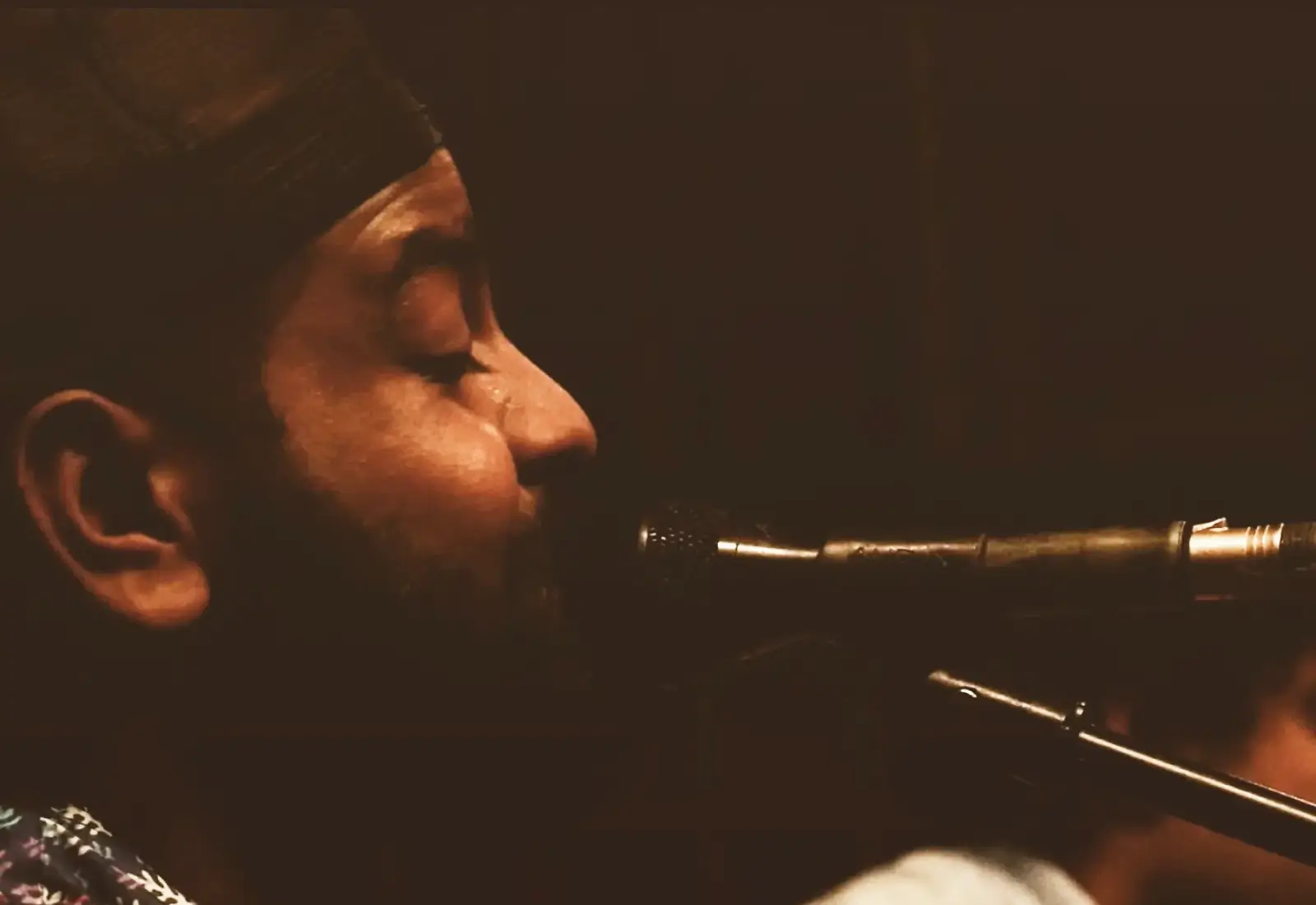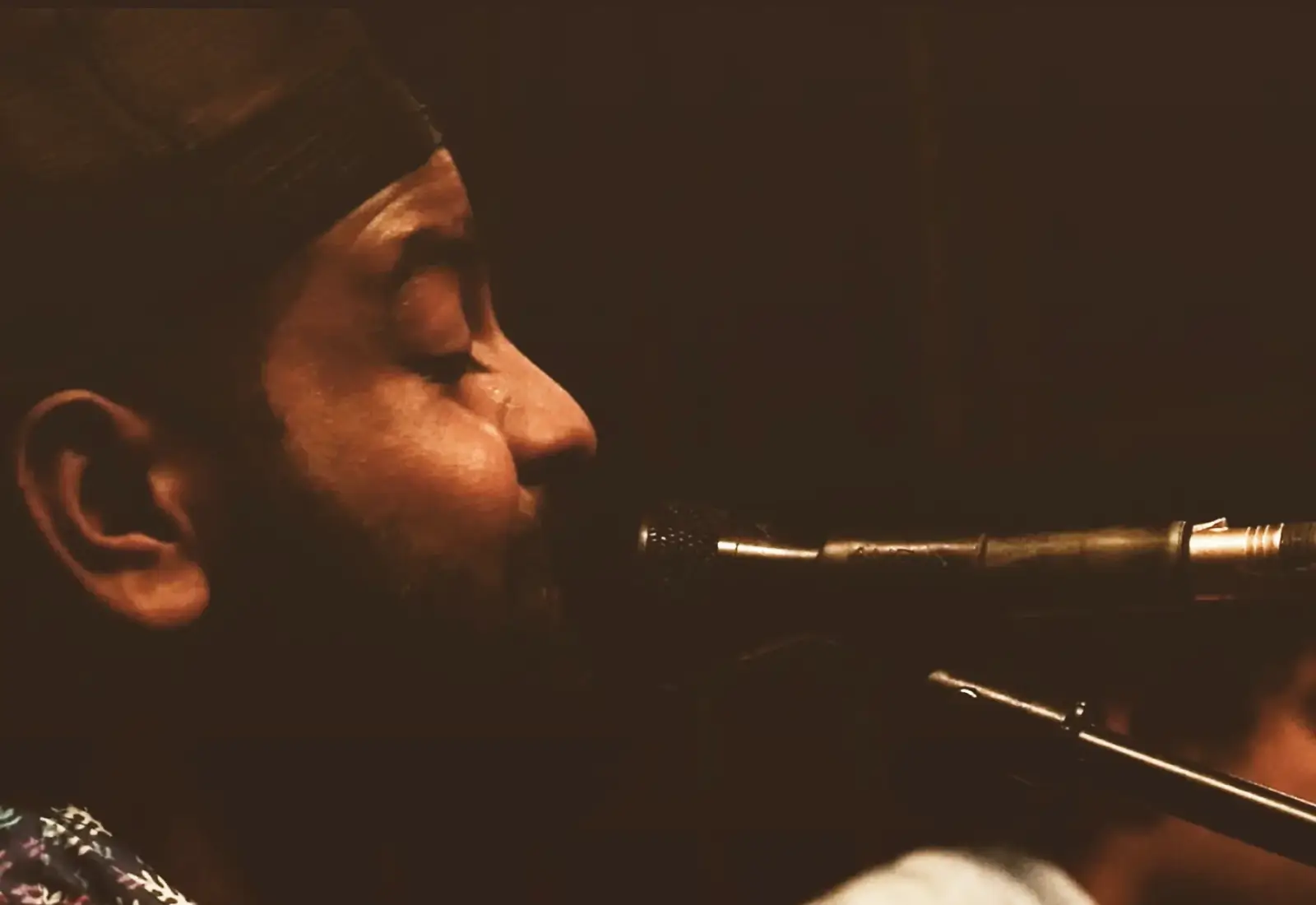Musical Notation: History and Symbols Explained
Music is often regarded as a universal language, but have you ever wondered how musicians from various backgrounds can read and perform the same piece without ever speaking to one another? Musical notation, the written system that converts sound into symbols, holds the key to the solution.
Just as written words allow us to convey stories, feelings, and ideas, musical notation allows musicians to record, read, and perform compositions with accuracy. To fully experience the enchantment of music, one must know well about musical notations and the symbols associated with them, regardless of whether they are aspiring musicians, eager listeners, or those who wish to write their own songs.
What is Musical Notation?
Musical notation is a system for writing music that allows musicians to read and play it accurately. It contains directions for pitch, rhythm, dynamics, and articulation. It is like a cooking recipe, it instructs players on what notes to play, how long to hold them, and how fast to play them, rather than providing ingredients and cooking instructions.
History & Origin of Musical Notation
Musical notation has been around for more than a thousand years. Music was originally transmitted verbally, and musicians relied on memory. However, when compositions became more complicated, a written structure was required.
During the 9th–10th centuries, Medieval Europe saw the introduction of the earliest notation system, known as neumes, which provided a basic guide for pitch and melody. In the 11th century, Italian monk Guido of Arezzo revolutionized music notation by inventing the five-line staff, making it easier to read and standardize musical compositions. Over time, this system evolved, and today, modern notation has been perfected and is used worldwide, allowing musicians across different cultures to perform Western music with accuracy and consistency.
Now that we know what musical notation is, let's explore the symbols of musical notation!
Symbols of Musical Notation
Musical Symbols, in musical notation, are used to indicate pitch, rhythm, dynamics, and expression, making it easier to communicate musical concepts. Let's look at the key symbols in musical notation and their importance.
1. The Staff (Stave)
The staff is the foundation of musical notation, consisting of five horizontal lines and four spaces where musical notation notes are written to indicate pitch. Notes positioned higher on the staff represent higher pitches, while notes placed lower indicate lower pitches. When a musical notation note falls above or below the standard five-line staff, ledger lines are used to extend it, allowing for a wider range of musical expression.
2. Clefs (Defining Pitch Range)
Clefs determine which notes correspond to the lines and spaces on the staff, helping musicians read music accurately. The most common clefs include the treble clef, used for high-pitched instruments like the violin, flute, and the right hand of the piano. The bass clef is assigned to low-pitched instruments such as the bass guitar, cello, and the left hand of the piano. Additionally, the alto and tenor clefs are used for instruments like the viola and trombone, ensuring proper notation for different pitch ranges. Each clef changes the reference point for note placement.
3. Notes and Rests (Representing Sound and Silence)
Notes represent the duration and pitch of a sound, whereas rests represent silence in music. Common note values include the whole note (4 beats), half note (2 beats), quarter note (1 beat), eighth note (½ beat), and sixteenth note (¼ beat). Similarly, rests represent silent beats of the same duration, ensuring rhythm and timing are maintained in a composition.
4. Time Signature (Beats and Rhythm)
The time signature tells the musicians about the number of beats per measure and which note value gets the beat. It consists of two digits: the top number indicates the number of beats in each measure, while the bottom number represents the note value that gets one beat. Positioned at the beginning of a piece, right after the clef and key signature, it helps establish the rhythmic structure. Common time signatures include 4/4 time (common time) with four beats per measure, 3/4 time (waltz time) with three beats per measure, and 6/8 time (compound time) with six beats per measure, grouped in twos. Finally, time signatures define the rhythmic feel of the music, influencing its flow and style.
4. Key Signature (Sharp and Flat)
The key signature specifies whether certain notes are consistently sharp or flat throughout a piece, defining its tonal center or key. For example, C Major and A Minor have no sharps or flats, G Major and E Minor contain one sharp, and F Major and D Minor have one flat. By providing this information at the start of a composition, key signatures help musicians quickly identify the scale and tonality, making it easier to interpret and play the music accurately.
5. Measures (Bars and Bar Lines)
Music is divided into measures (or bars), separated by bar lines, which help structure the beat and make it easier for musicians to follow the rhythm. Double bar lines signify the end of a section, often indicating a change in the music or a shift in the mood. The last bar line marks the end of a composition, signaling that the piece has come to a close.
6. Accidentals (Sharps, Flats, and Naturals)
Accidentals are symbols used to alter the pitch of a note. A sharp raises a note by one half step, while a flat lowers it by half a step. A natural cancels out any previous sharp or flat, returning the note to its original pitch. These alterations are typically temporary and apply only to the measure in which they appear, unless they are part of the key signature.
7. Dynamics (Loudness/Softness)
Dynamics refer to the volume of the music, which might fluctuate gradually or suddenly. Common dynamic marks include pp (pianissimo) for very soft, p (piano) for soft, mf (mezzo-forte) for moderately loud, f (forte) for loud, and ff (fortissimo) for extremely loud. These markings help musicians convey intensity, mood, and contrast, shaping the overall feel of the performance. Additional phrases such as crescendo (gradually louder) and diminuendo (gradually softer) tweak the music's expression.
8. Articulation and Expression Marks
These symbols guide how notes should be played, adding style and expression to the music. Staccato indicates short, disconnected notes, creating a sharp, crisp effect. Legato suggests smooth and continuous notes, giving a flowing, connected sound. An accent marks a note to be played with emphasis, making it stand out. Lastly, a fermata directs the musician to hold a note longer than usual, allowing for a pause or dramatic effect. These markings provide character and depth to the performance.
9. Repeats and Navigation Symbols
Certain symbols in musical notation allow musicians to repeat portions or go through a piece, allowing them to repeat sections or move to different parts without unnecessary rewriting. Repeat signs indicate that the section between the signs should be repeated. D.C. (Da Capo) directs the musician to return to the beginning of the piece, while D.S. (Dal Segno) instructs them to return to the sign. The Coda symbol tells musicians to proceed to the final section. These symbols provide efficient guidance, helping musicians perform more effectively and ensuring the music flows smoothly.
Wrap Up - Musical Notations
With its systematic approach to representing sounds through musical notes, rhythms, and symbols, musical notation forms the basis of written music. It has evolved over ages, from early neumes to the structured system that we use today. The use of musical notation symbols such as notes, clefs, time signatures, and dynamics enables accurate communication of rhythm, pitch, and expression. As this system continues to influence how we record and pass on songs, it remains a timeless instrument for connecting musicians from different cultures and generations.
For those who want to go deeper, online western music classes offer systematic assistance, allowing students to understand the complexities of notation, rhythm, and melody at their own pace.














